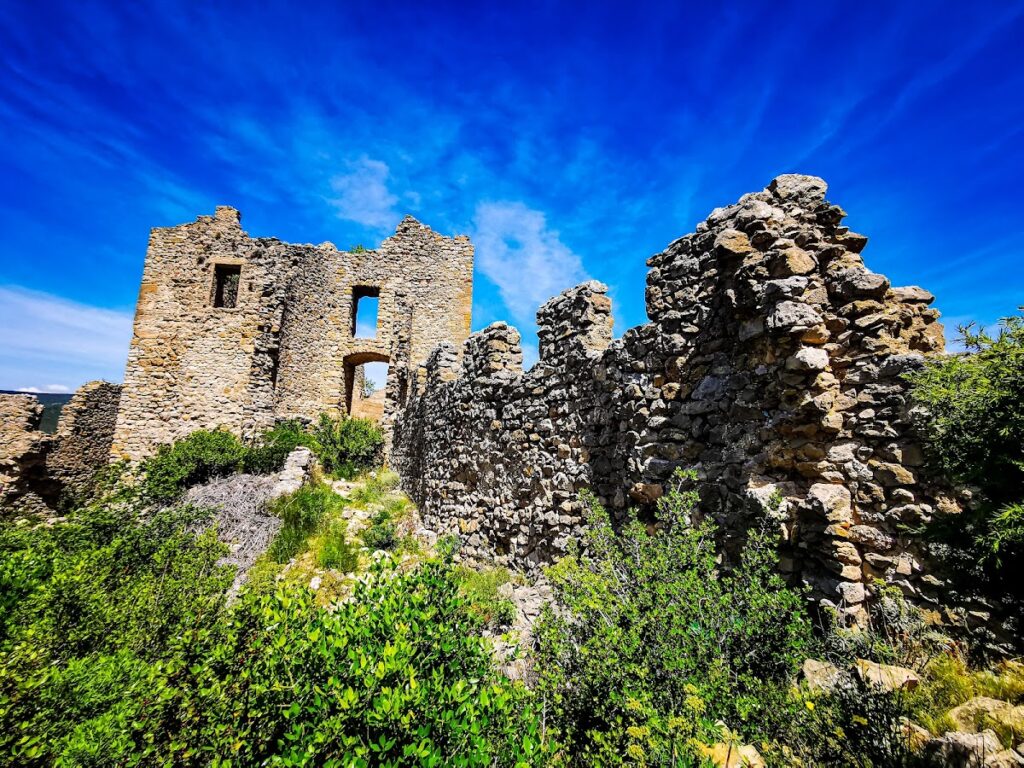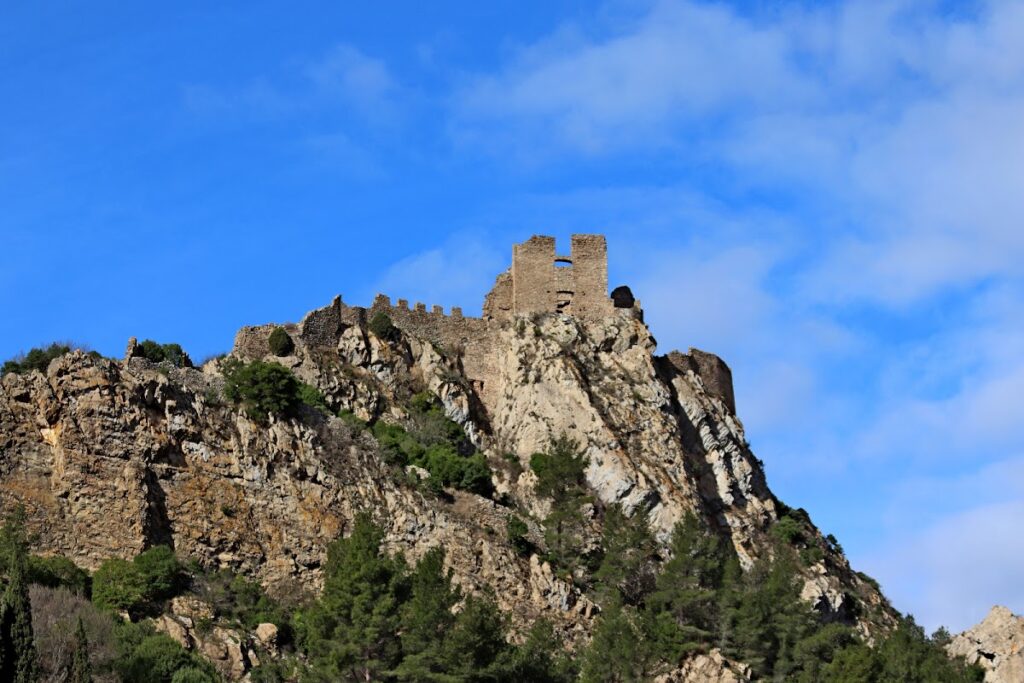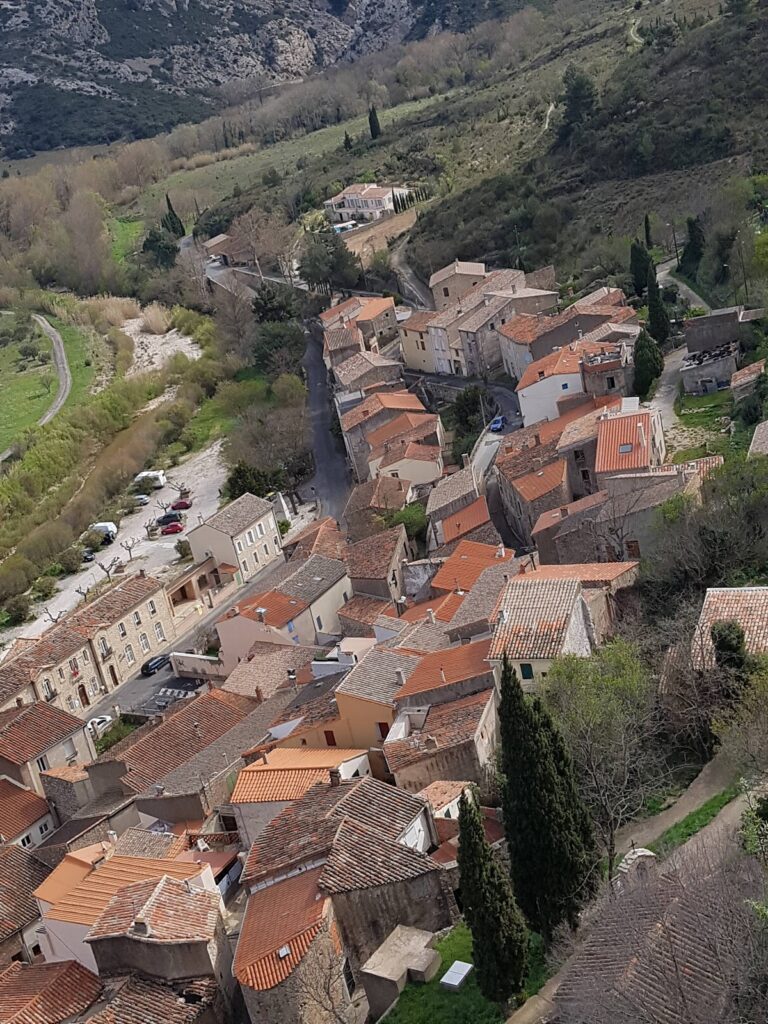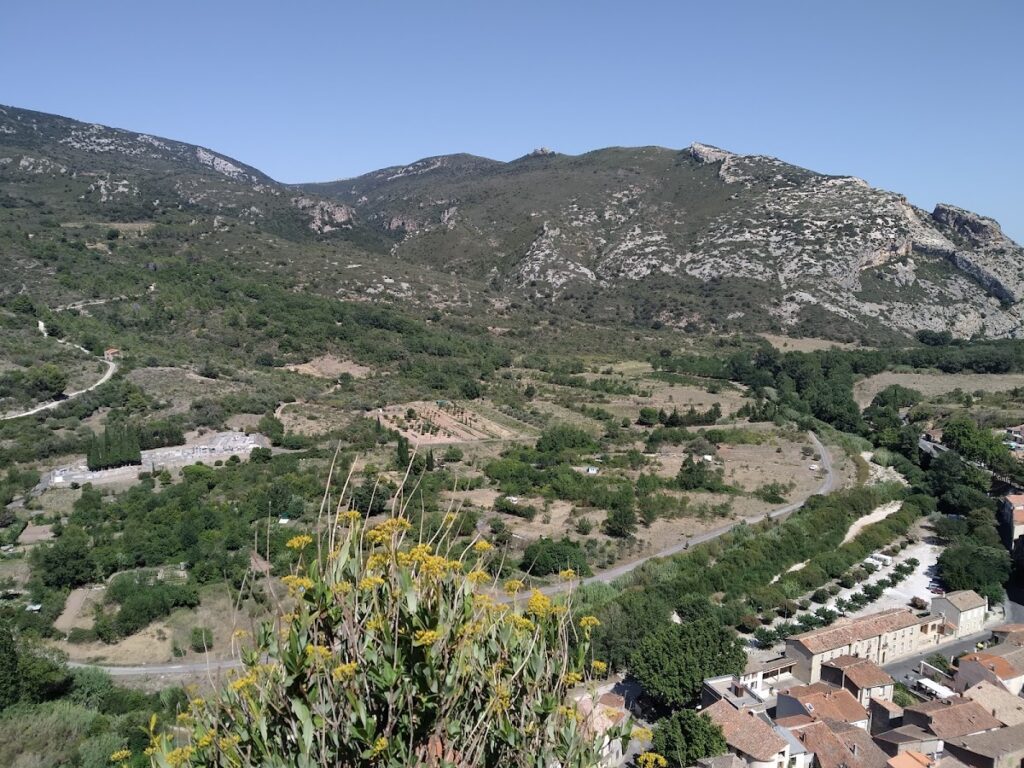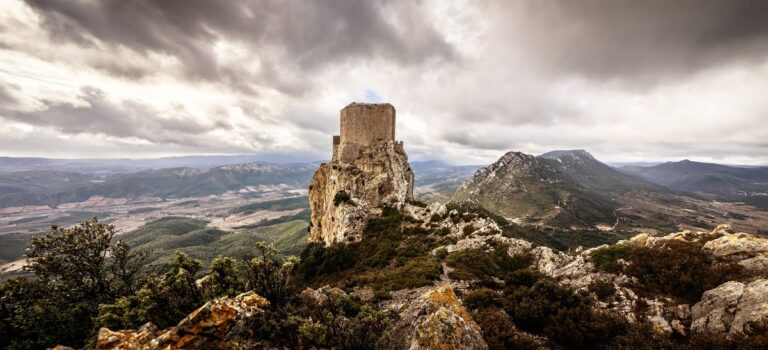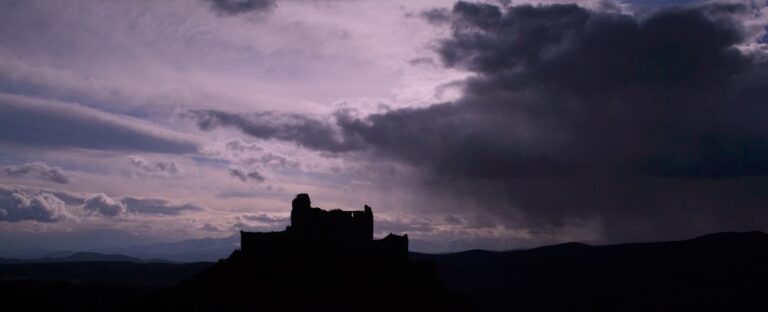Château de Padern: A Medieval Fortress in Southern France
Visitor Information
Google Rating: 4.2
Popularity: Low
Google Maps: View on Google Maps
Official Website: www.audecathare.fr
Country: France
Civilization: Unclassified
Remains: Military
History
The Château de Padern is an ancient fortress situated in the village of Padern in southern France. It was constructed by medieval builders on a striking limestone peak that overlooks the surrounding landscape, taking advantage of the natural defenses provided by its steep and rugged terrain.
The village of Padern first appears in historical records in the year 899 when King Charles III, known as Charles the Simple, granted the territory to the Abbey of Lagrasse. At that time, the domain was under the influence of the Counts of Toulouse rather than directly held by the French crown. By 1026, a fortified structure at this site had been documented, marking the beginning of the castle’s known role in regional defense. Towards the end of the 12th century, a secondary fortification, referred to historically as a “forcia,” was noted under the control of the Abbey, emphasizing the site’s strategic importance.
During the early 13th century and amidst the Albigensian Crusade—a campaign aiming to suppress the Cathar religious movement—the castle was seized by Chabert de Barbeira. Chabert, an ally of Olivier de Termes and lord of the nearby stronghold of Quéribus, held the Château de Padern as part of his resistance against royal forces. After the fall of Quéribus, Chabert negotiated his release by surrendering several citadels, including this castle, to King Louis IX, bringing the fortress under French royal influence.
Later, in 1283, the Abbey of Lagrasse formally reacquired the castle through a transaction with King Philip III, known as Philip the Bold. The Abbey managed the property until the late 16th century, reflecting a long period of ecclesiastical stewardship. Following the Wars of Religion, a turbulent period marked by conflict between Catholics and Protestants, Pierre de Vic, a nobleman from Girona in Catalonia, purchased the castle. He undertook renovations that modified the fortress yet maintained its characteristic medieval fortress style. The castle remained in the Vic family until 1706, at which point it was sold back to the Abbey of Lagrasse. However, by the close of the 18th century, the Abbey had abandoned the site.
In the 20th century, specifically in 1939, the local municipal council requested that military engineers demolish the castle, likely due to concerns about its condition or safety. However, experts judged demolition too dangerous and costly because of the unstable geology of the site and the proximity of village homes, separated by only a narrow pathway. Consequently, in 1944 the castle and its surroundings were designated as a protected site of general interest. This protection was later refined in 2017, incorporating the castle into the wider “Puech de Bugarach and northern syncline ridge of Fenouillèdes” area, reflecting its continued significance within the regional natural and historic environment.
Remains
The Château de Padern occupies a craggy limestone outcrop that rises steeply above the village below. Its position allowed it to control the entrance to the Verdouble river gorge, using the natural elevation and precipitous slopes as primary defenses. The castle’s design followed the medieval fortress tradition, relying heavily on the site’s natural features to make access difficult and nearly impossible for attackers.
Today, the castle survives only as ruins, with no detailed descriptions of its internal layout or architectural embellishments recorded. Its stone construction, typical of medieval fortresses, would have included thick defensive walls adjusted to the contours of the rocky promontory. A secondary fortification, documented toward the late 12th century, once supplemented the main defenses, likely providing an additional guarded approach or outpost.
Modifications from the late 16th century by Pierre de Vic respected the medieval design, preserving the castle’s feudal character despite any restorative or developmental work undertaken. The proximity of the fortress to the village is striking; a mere two-meter-wide footpath separates the base of the limestone slopes from the nearest houses. This closeness has complicated attempts at demolition or restoration due to the risk posed to the surrounding buildings and the fragile geological condition of the site.
Although part of the group of fortifications often referred to as Cathar castles, the Château de Padern did not hold the same strategic military prominence as nearby major sites like Termes, Quéribus, or Peyrepertuse. The ruins stand today as remnants of a fortress that guarded a key natural passage but ultimately yielded to the larger currents of medieval conflict and changing political authorities. The castle’s current protected status ensures that this historic landmark remains recognized within the broader landscape of the Fenouillèdes region.
